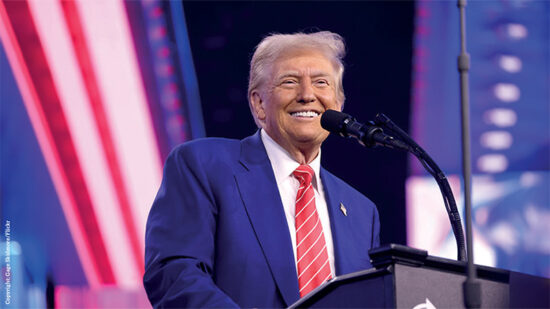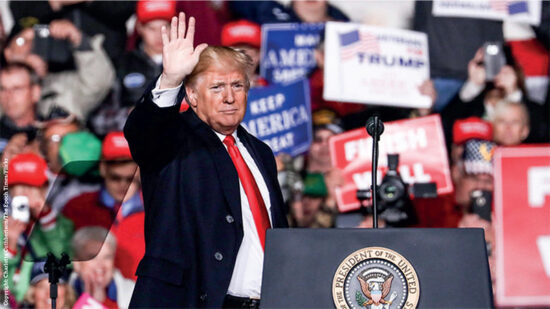Driving the move away from active funds is the “trickle down” effect of regulations in other parts of the world such as the UK’s Retail Distribution Review and Europe’s Markets in Financial Instruments Directive.
In Asia, there is a general consensus in the industry that similar regulations will eventually make their way into the region, the report said.
“These regulations, which give greater clarity on products, services, and fees, will revive the age-old debate of active versus passive investing as investors gain a clear understanding of what they are paying for,” said Cerulli associate director Shu Mei Chua, who led the report, called Asian Fund Selector 2015: Delivering Value to Fund Distributors.
Distributors in the Asia-Pacific region will increasingly look to have two mutual fund lists with passive funds as core building blocks, Cerulli said, adding that at present, they typically have a single, all-embracing fund list to serve the needs of their customers.
“The divergence between alpha and passive investments will lead to increasing demand for low-cost, passive investments, and distributors will respond with two fund lists-an evergreen, passive product range, and a satellite list of actively managed funds,”Chua said.
Another key factor pushing investors is their unwillingness to “overpay for a passive fund in an active disguise” and their great digital awareness of differences in fund fees across providers.
The report covered fund selection dynamics in the markets of China, Taiwan, Hong Kong, Korea, and Singapore.








